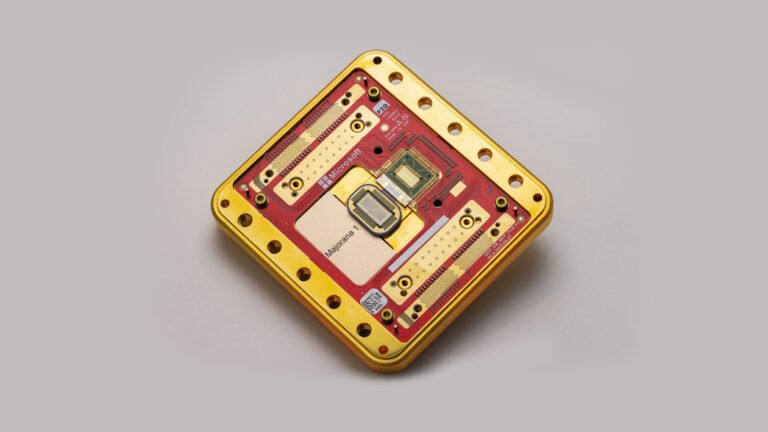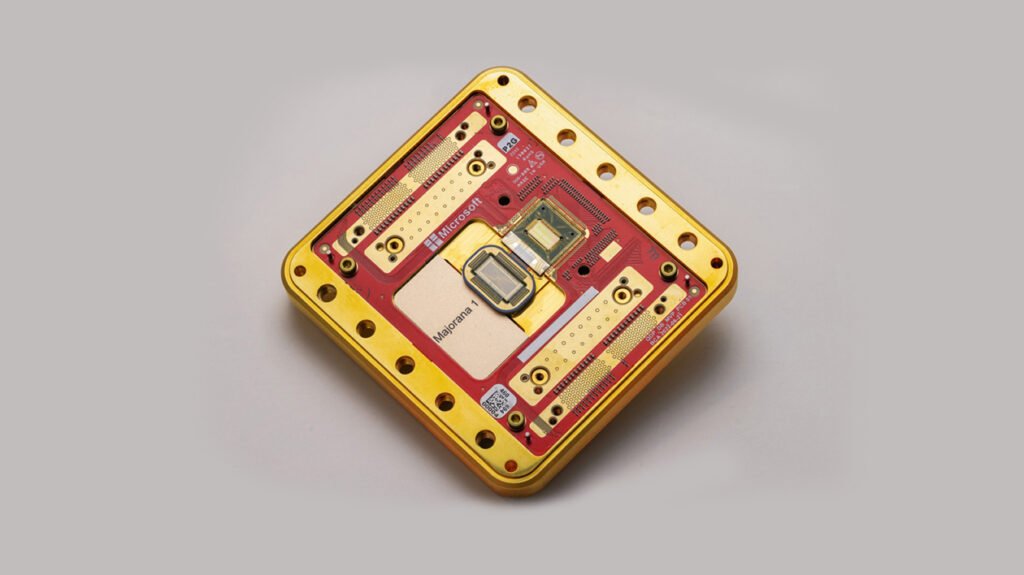In a truly historic moment for medical science, Neuralink has made a monumental leap. The company’s first human patient, a 29-year-old quadriplegic man, used a brain implant to play chess with his mind. This viral demonstration has ignited global excitement. It confirms that the Neuralink human trials are not just a scientific experiment, but a reality. This breakthrough signals a new era for brain-computer interface (BCI) technology. It offers hope for millions of people with paralysis and other neurological conditions.
The Historic Breakthrough of Neuralink Human Trials
The first human to receive a Neuralink implant, Noland Arbaugh, has become a symbol of a new future. A live stream showed him playing chess and controlling a cursor on a laptop with his thoughts alone. This demonstration quickly went viral after Elon Musk shared a clip of the patient beating an AI chess engine. The patient also showed his ability to control music streaming and other digital devices, all with remarkable precision. This is a powerful proof of concept. It shows the incredible potential of BCI technology to restore independence to those who have lost it.
Neuralink vs. Synchron: The Brain Tech War
While Neuralink is making headlines, it’s not the only player in this field. A rival company, Synchron, has also made significant strides. The competition between these two companies is fierce. Synchron’s technology is non-invasive. Their device is implanted through a blood vessel in the neck, which is a less risky procedure than Neuralink’s method of drilling into the skull. Synchron has already completed trials on more than 50 human patients. This provides a clear contrast in the approach to BCI technology. It creates a heated debate over which method is safer and more effective. Both companies are racing to be the first to bring a fully approved product to market. This rivalry is driving rapid innovation in the entire BCI industry. The outcome of the Neuralink human trials could determine the future of this competition.
The Path Forward: Restoring Communication and Independence
The success of the Neuralink human trials is just the beginning. The company has set its sights on ambitious goals for its next phase of development. The next milestone is to help patients type at a speed of 50 words per minute using only their minds. Achieving this would dramatically improve the quality of life for people with severe paralysis. It would allow them to communicate with the world in real time. Beyond restoring communication, the potential for this technology is vast. It could help people control prosthetic limbs, operate smart home devices, and even navigate a digital world with ease. These trials represent a historic step. They move us closer to a future where brain implants are a standard medical tool for restoring function and independence.
The Broader Impact of Neuralink Human Trials
The excitement surrounding the Neuralink human trials is not just about technology. It’s about a renewed sense of hope. This advancement could transform the lives of people with conditions like ALS, spinal cord injuries, and other neurological disorders. It allows them to connect with the world in a way that was once unimaginable. As the technology evolves, the medical applications will expand. It will bring new possibilities for treating a wide range of neurological conditions. This is a landmark moment in medical history. It opens the door to a future where technology and the human brain can work together.
For more news and updates, please visit PFM Today.













